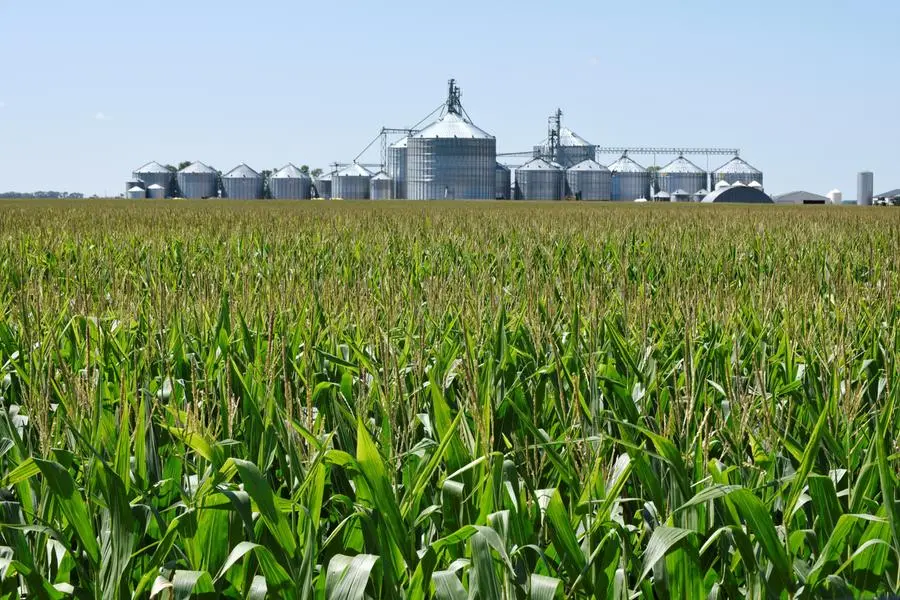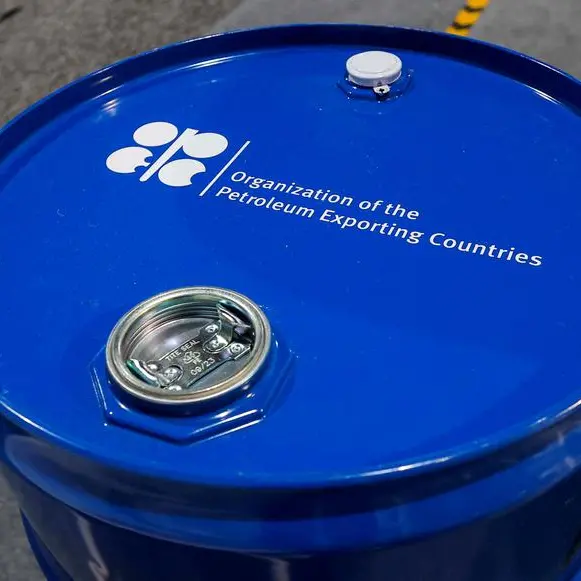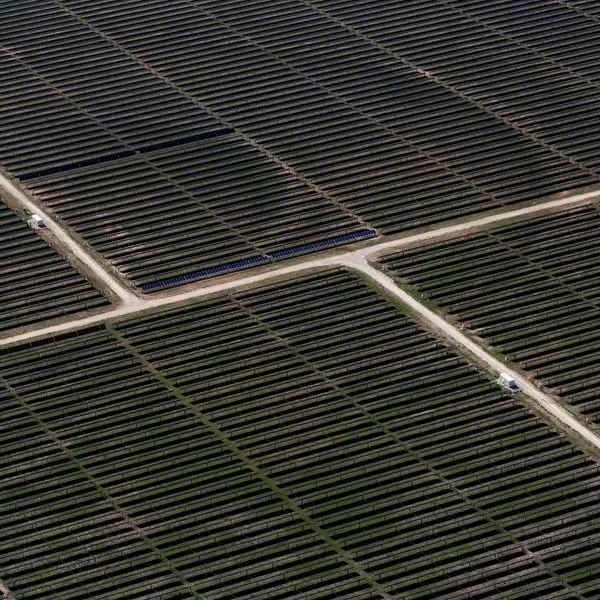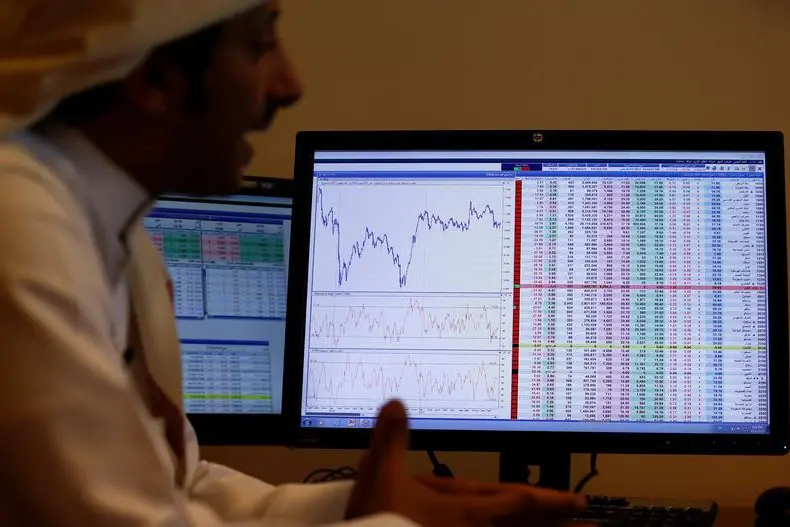PHOTO
FILE PHOTO: A corn field and storage bins are seen on the Doug Zink farm near Carrington, North Dakota, U.S., August 8, 2019. Picture taken on August 8, 2019. REUTERS/Dan Koeck.
(The opinions expressed here are those of the author, a market analyst for Reuters.)
NAPERVILLE, Illinois - U.S. farmers will undoubtedly plant more corn this year than last, but how much more?
Industry analysts are not exactly in consensus. In fact, uncertainty is at a three-year high when it comes to both corn and soybean acreage prospects ahead of the U.S. growing season.
The U.S. Department of Agriculture on Thursday will publish unofficial 2025-26 U.S. outlooks ahead of its annual outlook forum. It will be the agency’s second cut at the numbers following its first round last October.
The market will more eagerly anticipate the U.S. planting estimates coming on March 31 because those are survey-based, unlike the October and February figures, which are based largely on economic factors.
However, USDA’s February numbers provide a stepping stone toward the March planting intentions, and there are some interesting observations to make about past outcomes.
SAFER MOVES
In a poll collected this week, analysts on average pegged 2025 U.S. corn plantings at 93.6 million acres and soybeans at 84.4 million acres, up 3.3% and down 3% on the year, respectively.
Analysts’ corn estimates span 3 million acres with a high of 95 million, and the soybean ones cover 3.4 million acres with a high of 86.5 million. Both ranges are the largest for late February in three years, but considerably smaller than in other recent years like 2019 or 2020.
USDA in October tentatively slated 2025 U.S. corn and soybean plantings at 92 million and 85 million acres, respectively. Since then, new-crop Chicago corn prices have gained on new-crop soybeans, with corn’s advantage now at a 14-year high for late February.
But USDA tends to be more conservative in its February offering, probably ruling out a 12-year high corn area of 95 million acres for Thursday.
On average over the last five Februarys, both the corn and soybean planting estimates have been significantly closer to USDA’s October figure than the eventual March intentions.
However, there is a linkage between February and March. Whenever USDA’s February corn estimate represented a significant rise (2% or more) over the previous year’s plantings, the March acres were almost always higher than the February ones.
Unfortunately, a similar logic does not work for soybeans, as results have been more mixed.
FINDING THE LIMIT
USDA’s October and February corn area estimates may not be identical when market dynamics shift during that timeframe. If Thursday’s corn number is above 92 million acres, it will be the second instance in a decade of an October-February corn area increase.
The other instance, 2021, is a curious case. The corn acreage rise correctly tipped off the market that U.S. farmers were planning a strong corn area. This was despite a very high soybean-corn price ratio that, opposite of today’s, would have normally been suggestive of relatively lower corn and higher bean plantings.
Analysts were burned when the March 2021 planting report revealed shockingly low corn acres, though they were eventually vindicated when final plantings came within 0.3% of their original March guess.
USDA had been 1.9% too low with its March 2021 survey, and this rare scenario where analysts had better early instincts than both USDA and U.S. farmers is evidence that strong market leanings at this time of year should not be ignored.
But those convictions also must operate within reasonable limits. Total U.S. crop acres have been on the decline in recent years, falling well short of areas seen in the previous decade as farmland is converted to other uses.
While no scenario can be completely ruled out, these acreage constraints could make it difficult for corn or any other crop for that matter to reach the loftiest of targets.
Karen Braun is a market analyst for Reuters. Views expressed above are her own.





















